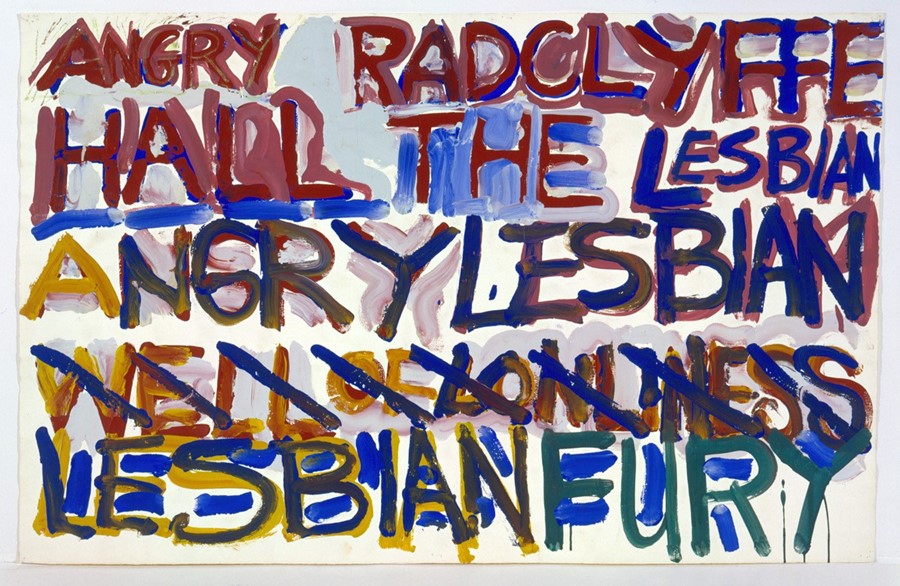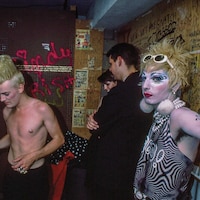In the wake of her death, we celebrate the abstract impressionist who reappropriated a machismo art form to raise the consciousness of women and reclaim women’s fury
Louise Fishman, whose feminist consciousness-raising paintings requisitioned the male-dominated practice of abstract expressionism to speak of her queer, Jewish identity, died last month in New York at the age of 82.
Born in Philadelphia in 1939, Fishman moved to New York after graduate school. “I thought I was going to meet the abstract expressionists. I found out very quickly that there was no place for me, though,” she told Artforum, recalling those early days in NYC. While she may have initially felt alienated by this particularly machismo art movement, she did find another community in which she felt accepted. She explains, “I got involved in the lesbian movement, which really changed my life. I blossomed in a way I don’t think I would have without it.”
Postwar abstract expressionism was intended to be entirely self-referential, each painting presented under the pretence that it existed in isolation and without reference to anything beyond the parameters of the canvas itself. In the 1970s, when postmodernists denounced painting as a dead art form, Fishman began rebelliously re-appropriating this traditionally male-dominated medium, requisitioning abstract expressionism to speak of her time, her community, and her experiences.
While she briefly abandoned painting during the late 1960s-early 70s to pursue sculptural processes such a sewing and knitting – traditionally considered “female crafts” – she’s best remembered for her large-scale, densely coloured and textured compositions. These stylish, vigorously worked abstractions – at once intricate and energetic – are created using scrapers, trowels, and brushes to alternately apply and remove the paint.
Her 1973 “Angry Women” series represented her return to the form, and referenced seminal figures in the feminism movement, celebrating their righteous female anger – an emotion which we are routinely conditioned to think of as unfeminine. Emblazoned with the subject’s name and the declarative adjective “angry”, this series reclaims feminine fury. “Angry Louise” appears to be marked by a series of diagonal slashes as if clawed by an animal or a rapid explosion of lunges with the brush, and the words “serious RAGE” are embedded beneath the title text.
A trip to two eastern European concentration camps in 1988 motioned a further exploration of darkness and materiality. “There are periods when I have taken cold wax and mixed it with paint so that it has a different surface, it is much more physical,” she told Artforum. “The group of paintings I made when I came back from seeing the Auschwitz and Terezín concentration camps in 1988, ‘Remembrance and Renewal”, used beeswax that had ashes and little pebbles ground in with it.”
Another notable influence was the reclusive painter Agnes Martin. The pair became close when Fishman relocated to New Mexico in 1990, near to where Martin had been living off-grid for the best part of five decades. Having eschewed modernity and all its trappings for a life of isolation, Martin survived without any conveniences of modern life. Fishman was destined to return to New York before long, but she took the memory and inspiration of Martin’s celebrated “grid” paintings with her.
Despite the deeply personal and subjective nature of Fishman’s paintings, her works still resonate today in a way that can be understood collectively, beyond the frame of her own experience. “The world has lost a formidable painter, activist, and friend, whose pursuit of individual freedom and personal expression was her primary motivation as an artist,” Karma, the New York gallery who represented Fishman shared in a recent statement. “Her death leaves a tremendous void in the art world.”



